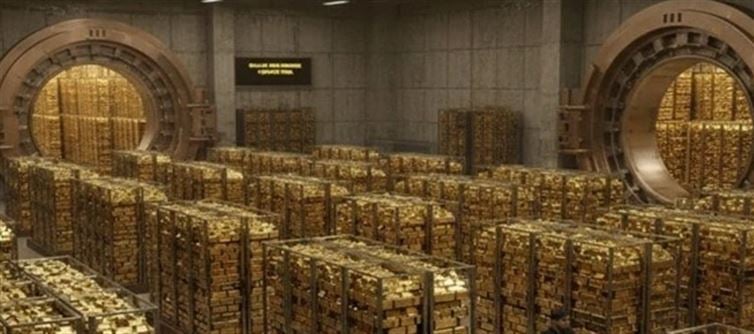
bihar, long associated with historic poverty and developmental challenges, could soon become India’s golden state—literally. Experts estimate that 222.8 million tons of gold ore lie hidden beneath the soil of the Jamui district, representing 44% of India’s total gold reserves. While karnataka currently dominates gold production, Bihar’s untapped wealth could eclipse it, transforming the state into a treasure trove of unprecedented scale. The question now is not whether bihar is rich—it’s how soon it will start digging.
1. bihar Tops India’s Hidden gold Rankings
According to the indian government and the National Mineral Inventory, bihar leads the country in hidden gold reserves. rajasthan follows with 25%, karnataka 21%, West bengal and andhra pradesh 3% each, jharkhand 2%, and the remaining 2% spread across Chhattisgarh, Madhya Pradesh, Kerala, Maharashtra, and tamil Nadu.
While karnataka remains the gold production leader through historic mines like Hutti and Kolar, these are largely exhausted. bihar, in contrast, is sitting on a colossal, untapped underground treasure—potentially more than half of India’s total remaining gold resources.
2. Discovery and Geological Surveys
The Geological survey of india (GSI) discovered Bihar’s gold reserves during routine mineral mapping projects. GSI’s investigations involve extensive field surveys, sampling, and geophysical studies to locate mineral-rich areas. Jamui district emerged as the crown jewel in these surveys, revealing gold deposits that could rival any in the country.
The discovery has been meticulously documented in the National Mineral Inventory, showing that bihar holds 222.8 million tons of gold ore, classified under remaining resources—meaning the gold is proven to exist but not yet fully exploited.
3. Potential Wealth: Bihar’s 44% Share of India’s Gold
To put Bihar’s treasure in perspective: India’s total gold ore reserves were estimated at 501.83 million tons as of 2015. bihar alone accounts for 44% of this total, while rajasthan holds 25% and karnataka 21%. Despite this, nearly all of India’s current gold production—around 99%—comes from Karnataka’s now-closed Hutti and Kolar mines.
Bihar’s reserves could redefine the economic landscape, potentially generating billions in revenue and transforming the state’s GDP and employment opportunities.
4. government Steps Toward Mining
gold mining in bihar has been held back by regulatory, technological, and infrastructural hurdles. However, in 2021, the indian government amended the Mines and Minerals (Development and Regulation) Rules (MEMC) to allow auctions for G4-level licenses for gold and other minerals.
This legislative change clears the path for private and public sector participation in Bihar’s gold mining, bringing the state closer to realizing its subterranean wealth. Experts suggest that large-scale extraction could start soon, setting the stage for bihar to become India’s richest state in terms of precious metals.
5. Challenges and Opportunities Ahead
Mining Bihar’s gold is not without challenges:
Infrastructure: Adequate roads, power, and processing facilities are required.
Environmental Concerns: Large-scale gold mining must balance economic gain with ecological protection.
Regulatory Oversight: Transparent auction and licensing processes are critical to prevent corruption and ensure fair wealth distribution.
Despite these hurdles, the economic potential is staggering. bihar could attract domestic and foreign investment, create thousands of jobs, and drastically reduce the economic disparity the state has historically faced.
Conclusion: Bihar’s Golden Future
From historical struggles to underground riches, Bihar’s gold reserves could redefine India’s wealth map. With 222.8 million tons of untapped gold, legislative support, and modern mining technology, the state stands on the brink of a transformation that could turn it into the nation’s richest state by precious metals. The race is on—not just to dig the gold—but to unlock Bihar’s golden future.




 click and follow Indiaherald WhatsApp channel
click and follow Indiaherald WhatsApp channel